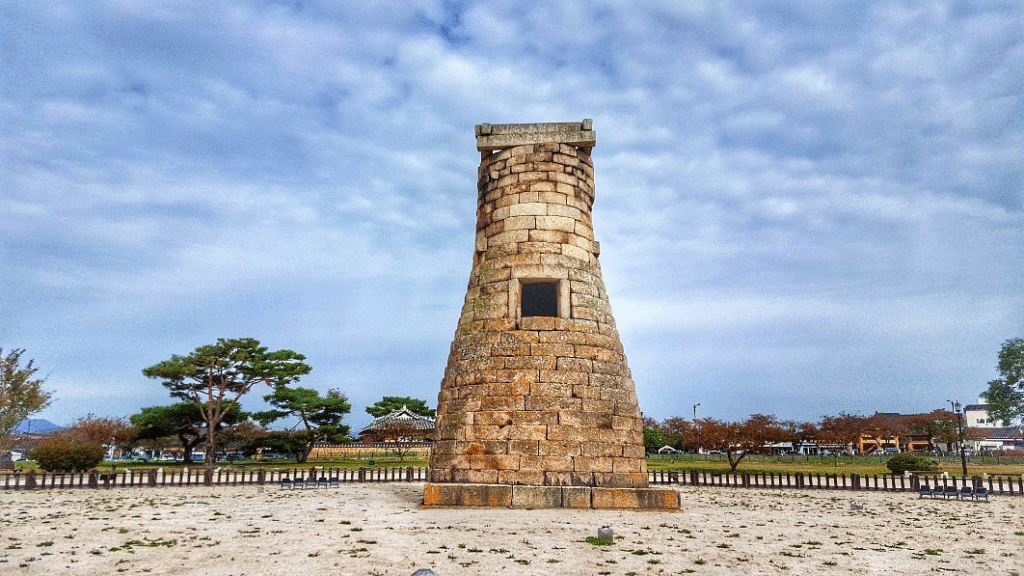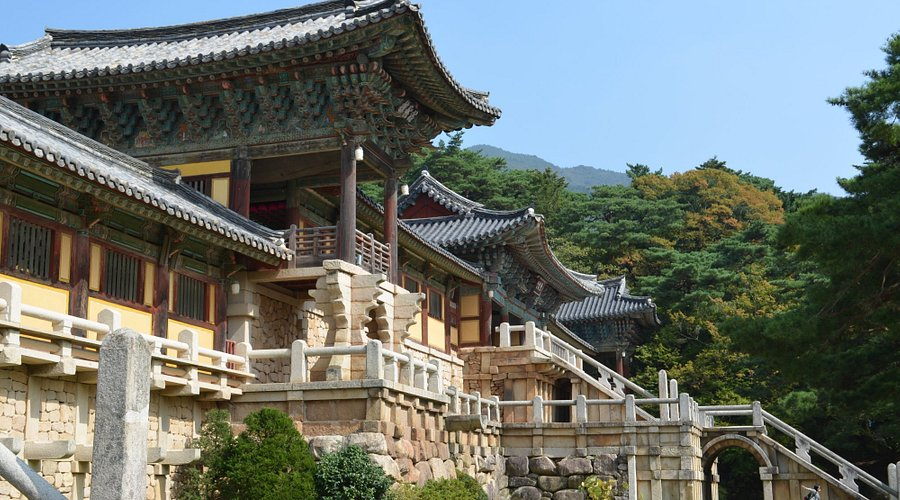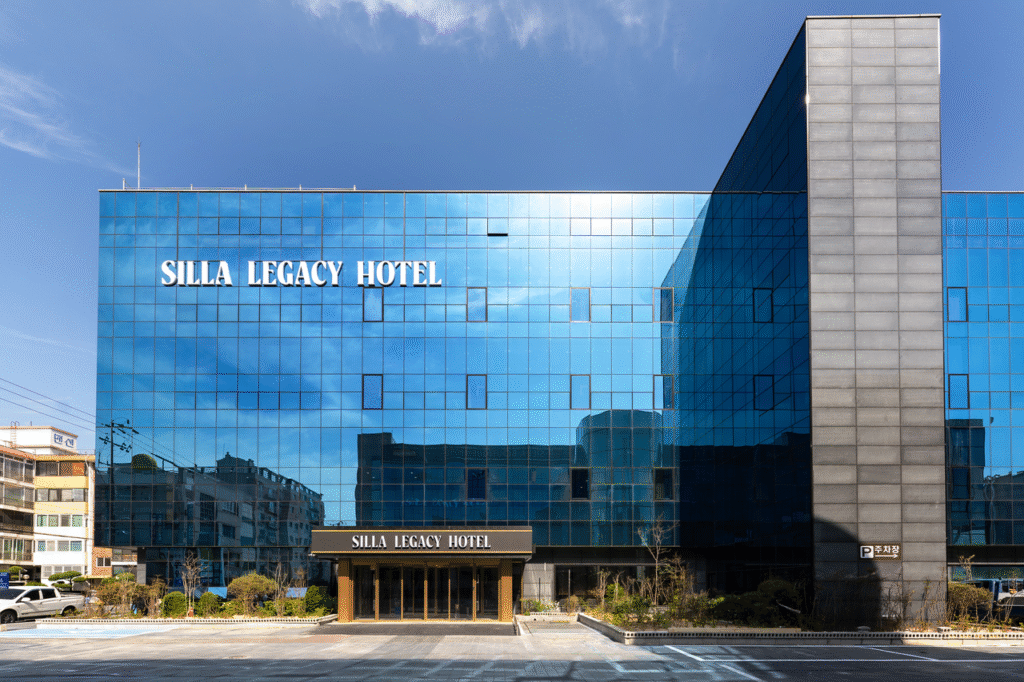For lovers of Korean history, the grandeur of the Joseon Dynasty is undeniable. Its magnificent palaces in Seoul, its rich Confucian traditions, and its dramatic history have captivated the world. But what did the scholars, artists, and royalty of the Joseon Dynasty themselves look back upon? What ancient legacy did they study and admire? They looked to Gyeongju, the capital of the thousand-year Silla Kingdom.
To understand the full tapestry of Korean history, one must journey beyond the palace walls of Joseon and walk through the “museum without walls”—Gyeongju. It is here that the foundations of Korean culture were laid, in a city so magnificent that its ruins were a source of awe and study for centuries, including throughout the Joseon Dynasty. Visiting Gyeongju is not just seeing another part of Korea; it’s seeing the epic first chapter that shaped all that came after.
Walking in the Footsteps of History: Why Gyeongju is an Essential Journey
Imagine a scholar from the Joseon Dynasty traveling south from Hanyang (modern-day Seoul). Leaving behind the structured world of Confucian bureaucracy, they would arrive in Gyeongju to witness the silent, powerful remnants of a fallen kingdom. This journey is just as essential for the modern traveler today.

- Daereungwon Tomb Complex: Standing before the giant, grassy burial mounds, a visitor from the Joseon Dynasty would have marveled at the scale of Silla’s royal power. These tombs, older than any Joseon royal tomb, hold treasures of gold and artistry that speak to a different kind of civilization. Today, you can walk through this serene park and feel the immense weight of this ancient history.

- Cheomseongdae Observatory: To the scientific minds of the Joseon Dynasty, who created their own advanced astronomical devices, Cheomseongdae would have been a profound link to their ancestors. As the oldest surviving observatory in Asia, it stands as a testament to Silla’s incredible scientific achievements, a legacy that the Joseon people inherited and built upon.

- Bulguksa Temple: While the Joseon Dynasty championed Confucianism, the Buddhist faith that flourished under the Silla Kingdom never vanished. Bulguksa Temple, a masterpiece of Buddhist art and architecture, would have been a site of pilgrimage and reflection, representing the deep spiritual roots that run through all of Korean history.
Your Journey to the Past Begins Here: The Silla Legacy Hotel

Just as a traveler in the Joseon Dynasty needed a comfortable place to rest after a long journey, modern explorers need a convenient and welcoming base for their historical adventure. The Silla Legacy Hotel is perfectly positioned to be that home for you.
Our name, “Silla Legacy,” reflects our deep respect for the history that surrounds us. We believe that to truly appreciate the story of Korea—from the Silla Kingdom to the Joseon Dynasty and beyond—you need a comfortable, stress-free starting point.
A Prime Location for Modern Explorers: The Silla Legacy Hotel is strategically located just a short distance from the Gyeongju train station, making your arrival effortless. Forget complicated transfers; you can begin your historical journey almost immediately. From our doorstep, the city’s most profound sites are easily accessible, allowing you to spend less time traveling and more time discovering.
Step out of the station and into the story. Walk the same paths as ancient kings and Joseon Dynasty scholars. At the end of the day, return to the modern comfort and warm hospitality of the Silla Legacy Hotel.
Ready to uncover the golden age that came before the Joseon Dynasty? Book your stay at Silla Legacy Hotel and place yourself at the heart of Korea’s greatest stories.
